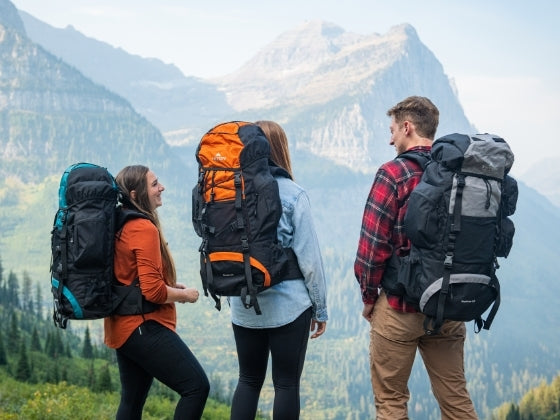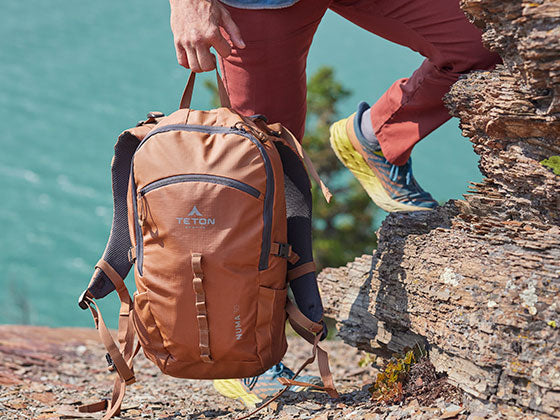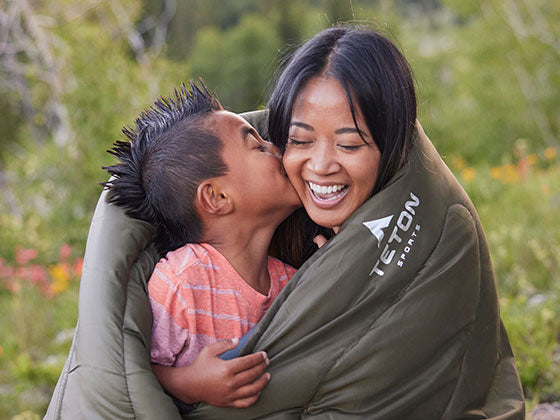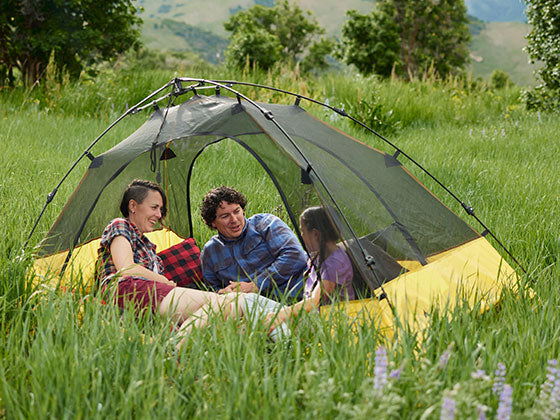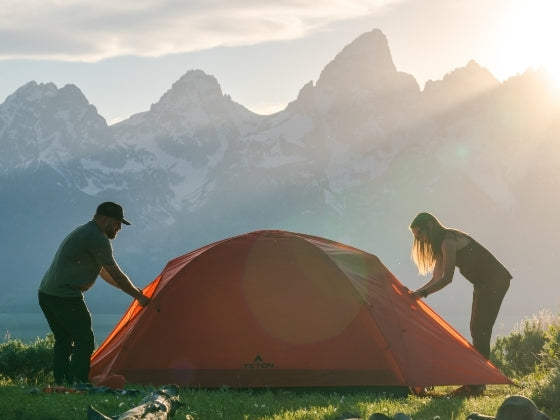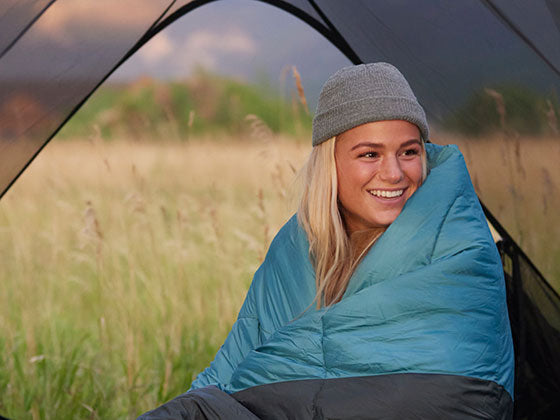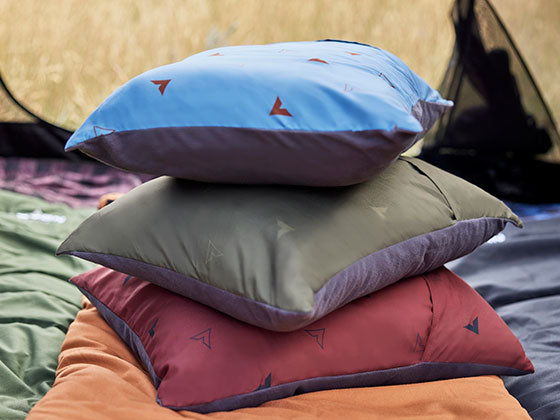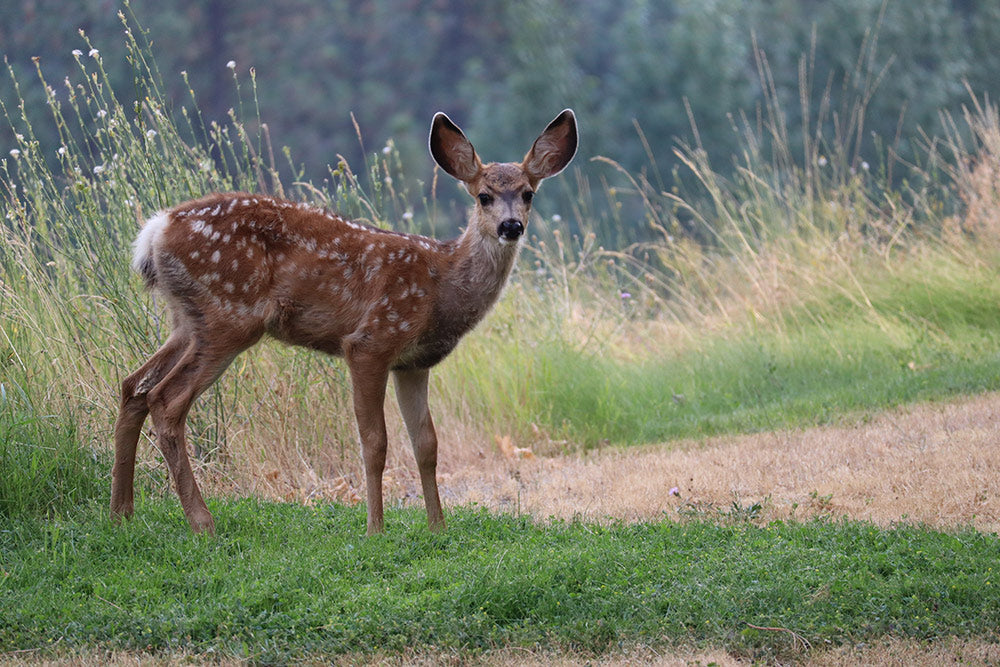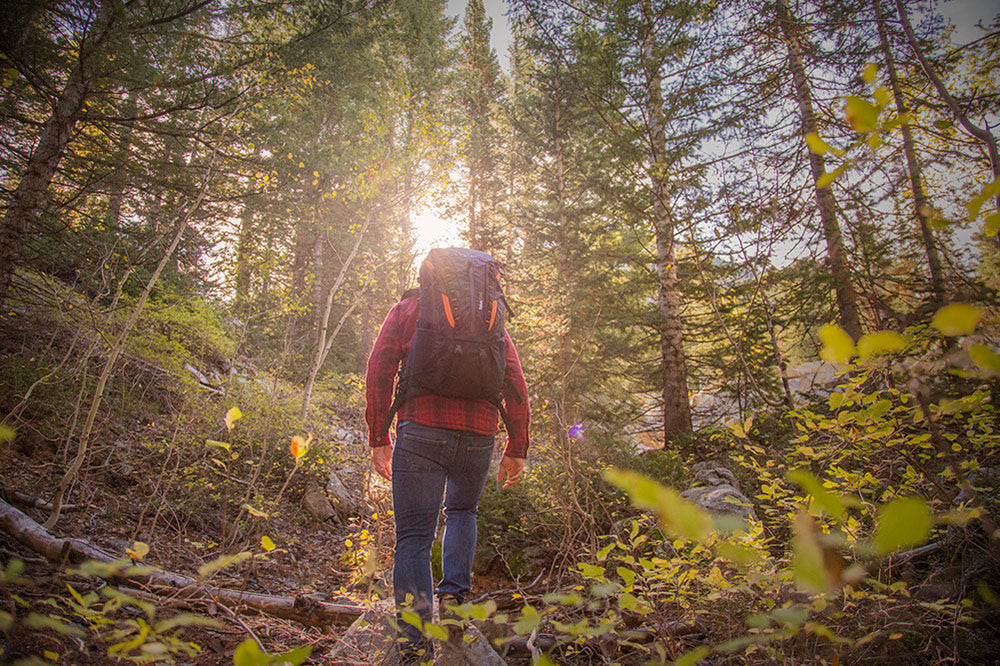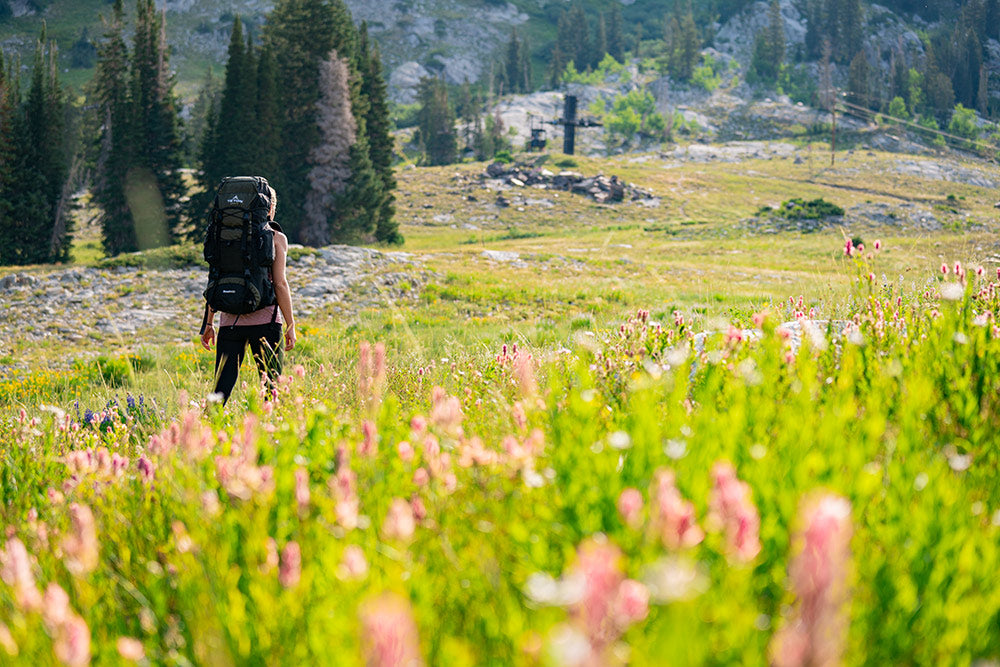Spending time outside is a fantastic way to get memorable reminders of how you’re sharing the planet with wildlife. Watching creatures in their native habitats could give you a renewed appreciation for nature’s wonders. Here’s how to get started.
Consider Joining Other Enthusiasts
A great way to start watching wildlife is to do it with others who are already familiar with the activity. They’ll know the best spots and can fill you in on the tips and tricks that primarily come with experience.
If you’re ready to go birdwatching, there are plenty of resources to explore for finding a local group. That might mean going to a guided walk at a national park, posting a message in a Facebook group or going to a local bird festival.

Learn to Spot the Signs
Becoming a wildlife watcher requires that you pay more attention to your surroundings and learn to notice the characteristics that mean an animal has recently been nearby. For example, deer tracks look like two side-by-side teardrop shapes resembling a heart cut in half.
Also, if you come across an area of flattened vegetation measuring 3 to 4 feet long and 2 to 3 feet wide, that’s likely used by deer for sleeping. Alternatively, if you see gnawed tree bark or twigs bitten off at a 45-degree angle, there may be wild rabbits nearby.
Something useful to keep in mind is that the kind of wildlife you’re most likely to see varies dramatically by location, season and even the time of day you go looking for wildlife. Consider downloading a field app and using it to keep track of what you see, along with where and when.

Keep a Reasonable Distance
It’s understandable to feel so excited when first seeing an animal in the wilderness that you want to get up as close as possible to the creature. However, that’s disrespectful to the animal’s space, and it could be dangerous.
That’s why parks often have rules requiring you to stay at least 25 yards from most wildlife and 100 yards from predators. If animals react to your presence, that’s a sign you’re too close. The ideal scenario is one where you can admire them without causing disruption or even being noticed.
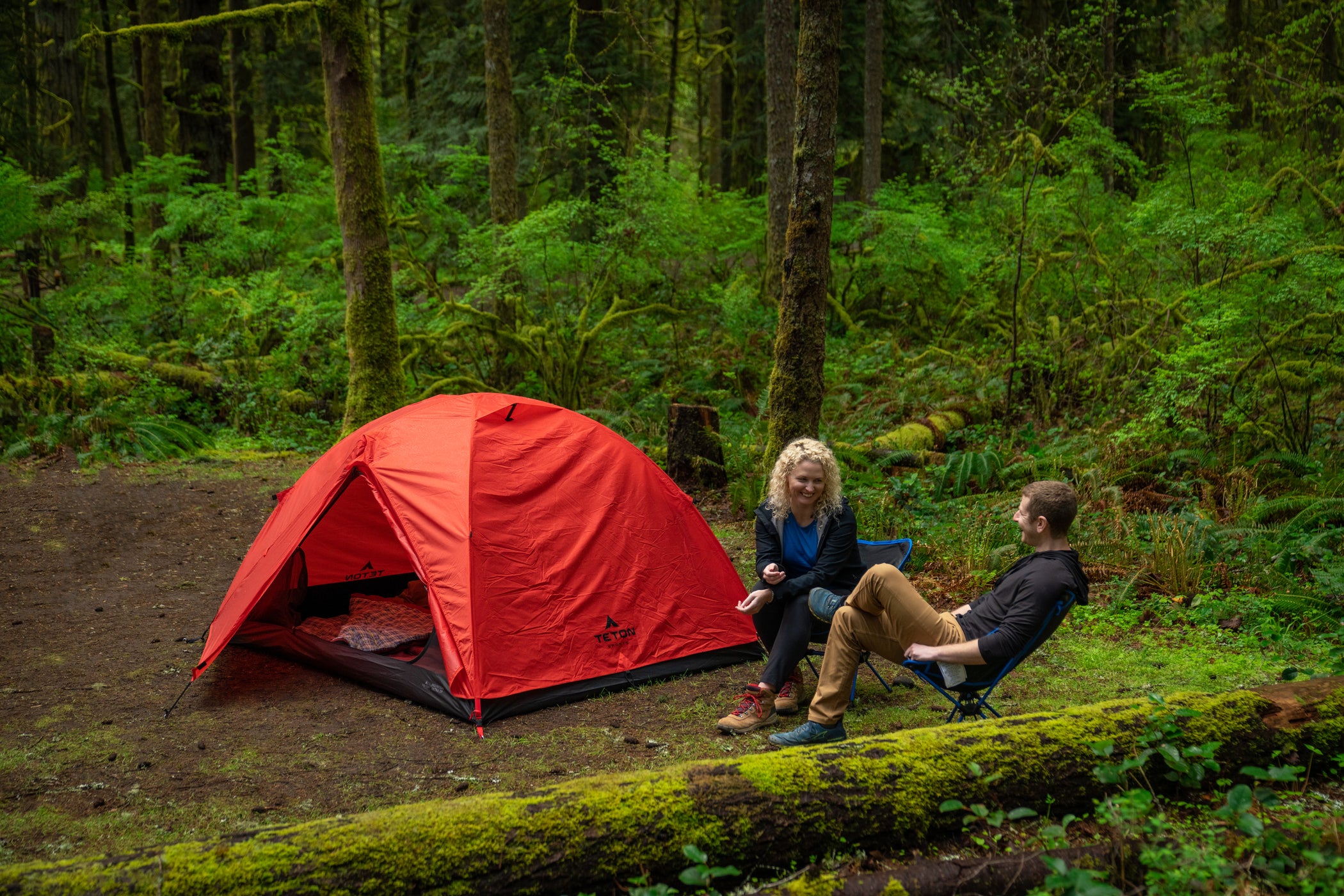
Prioritize Environments That Bring Enjoyment and Safety
Animals are like people in that they’d rather spend time in certain places than others. For example, deer are not as likely to tolerate humans in areas frequented by hunters. Additionally, your backyard can be a great place to start watching birds. However, that’s less likely if there are lots of cats in the area.
The main thing to remember is not to get discouraged if you don’t see anything during your first few wildlife-watching excursions. It might simply be a matter of bad timing or the weather not being particularly suitable. Try visiting each spot several times before calling it quits and going elsewhere.
Finally, consider taking the time to reflect on your experiences by keeping a journal. How did you feel after seeing a much-anticipated animal in the wild for the first time? What surprised you, and what will you never forget? The great thing about wildlife watching is that you can do it regardless of your age or background and without specialized equipment. There’s no better time to give it a try.

